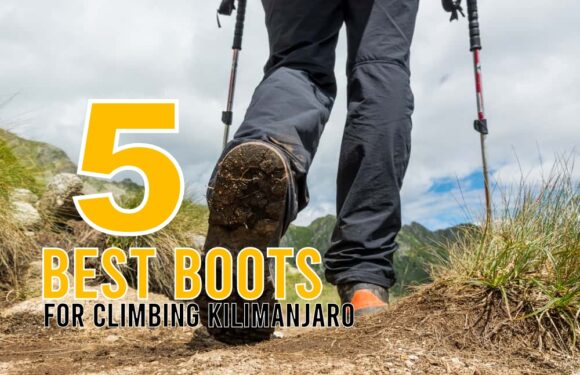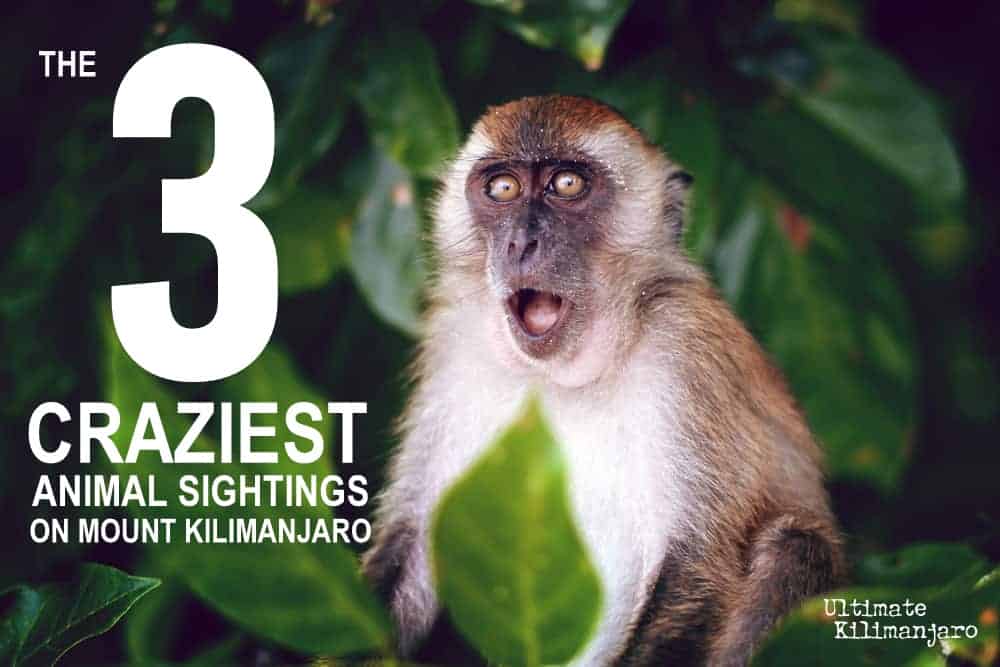
Kilimanjaro National Park is a large space, spanning 652 square miles. The mountain itself is a volcanic massif, encircled by forest. Numerous mammals live in the park. It is very common to have sightings of blue monkeys, black and white colobus monkeys, and others.
In the past, large animals like buffalo, giraffe, elephants, and even lions roamed around on the lower slopes. Park rangers would accompany trekking parties for protection. Nowadays, those mammals for the most part have moved on to other areas with less human activity. Sightings are very rare.
There have been a few strange animal encounters – one from a long time ago and two in more recent history – that stand out in particular. Let’s look at the three craziest animal sightings on Mount Kilimanjaro.
The Mummified Buffalo
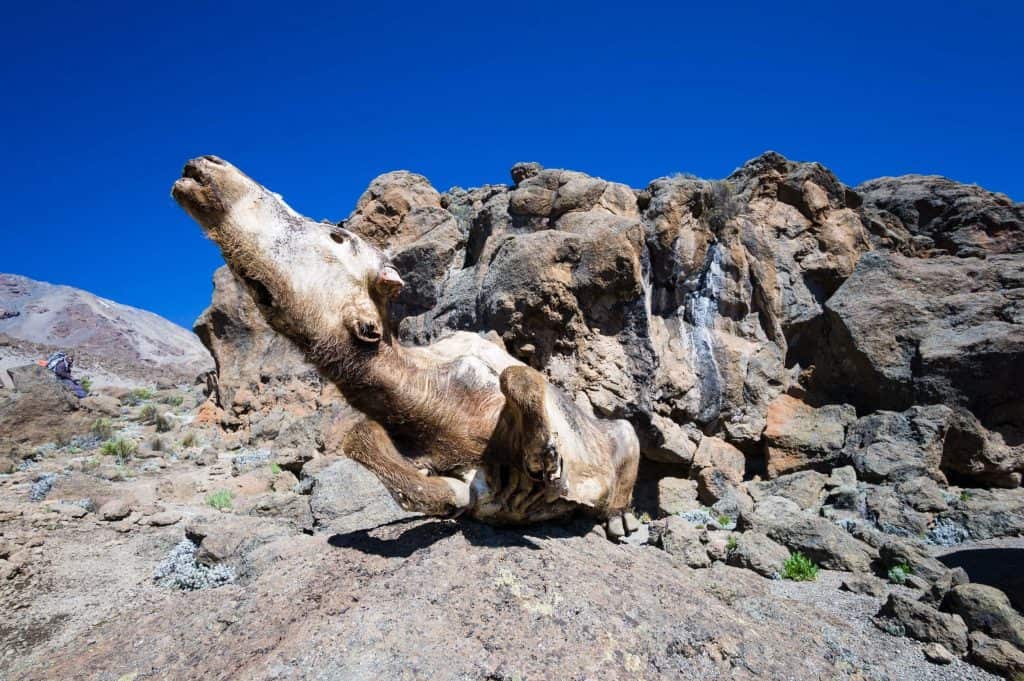
Buffalo will occasionally venture into the higher regions of the mountain. They are drawn to the salt and other minerals on the rocks. Unfortunately, around 2009, this buffalo got lodged between boulders and eventually starved to death. When discovered by local porters, the body was very much intact and well preserved.
The carcass was moved from its original position and put on display near the trail for passing hikers to see between the Third Cave Campsite and School Hut. It remained there for several years, becoming a highlight for those on the northern routes.
The Summit Dog
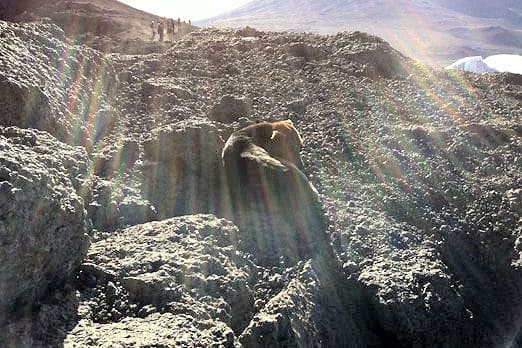
In 2011, a living dog was observed near the summit of Kilimanjaro. Antoine le Galloudec was peeing on the rocks when he spotted the thin brown dog wandering about. He was able to snap a picture using his cell phone.
The sighting has raised questions surrounding why the animal was there and how it survived the freezing temperatures. There is no food for a dog at this altitude.
A veterinarian who heard about the story stated that though dogs can survive cold temperatures, it was unusual that one would voluntarily go to such a harsh environment when the region below makes for a far better home. He noted that this dog could be rabid. However, a local guide stated that this dog might be the same one he saw spotted ten years ago at a lower Kilimanjaro camp.
For those who are concerned about the dog and think attempts should have been made to rescue it, a dog who climbs to the summit can easily make its way down, if it wanted to. There are plenty of humans to follow and the paths down are well established.
The Frozen Leopard
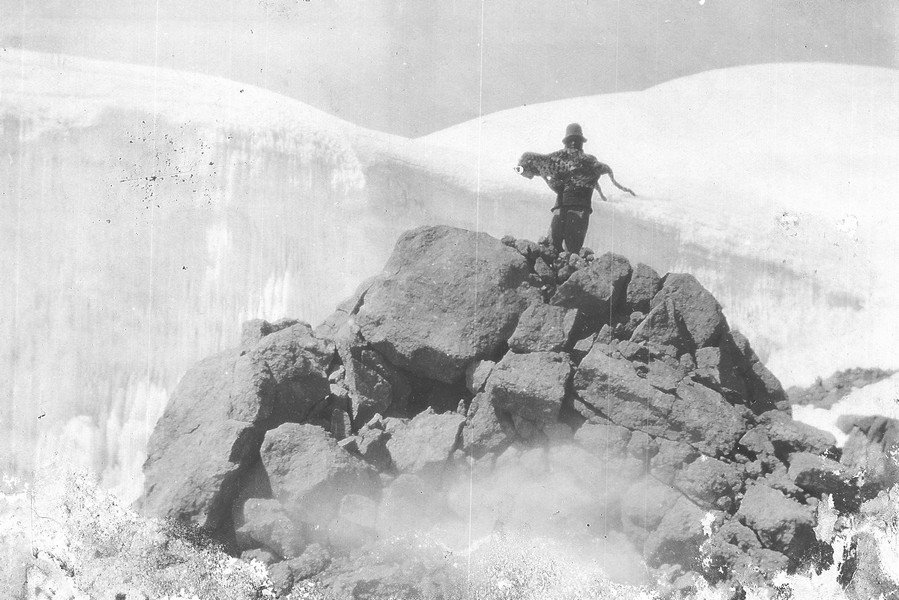
“Close to the western summit there is the dried and frozen carcass of a leopard. No one has explained what the leopard was seeking at that altitude.”
– The Snows of Kilimanjaro
Ernest Hemingway’s 1936 short story “The Snows of Kilimanjaro” talks about a leopard carcass near the summit. The leopard strayed too far from its normal territory and then died frozen and alone near the summit of the mountain. This is a metaphor for Harry, the main character in Hemingway’s story. He wasted his potential as a writer, husband, and human being by being misdirected in life.
While the story is a piece of fiction, Hemingway’s reference is based on fact.
In 1926, climber Richard Reusch discovered a “freeze-dried” leopard at the crater rim of Kibo, at roughly 18,500 feet. The pastor suspected that the animal died somehow while chasing a goat, whose remains were found a few hundred feet away. Reusch cut part of the leopard’s ear off as a souvenir. The general location of the carcass is known as “Leopard Point.”
__________





















































